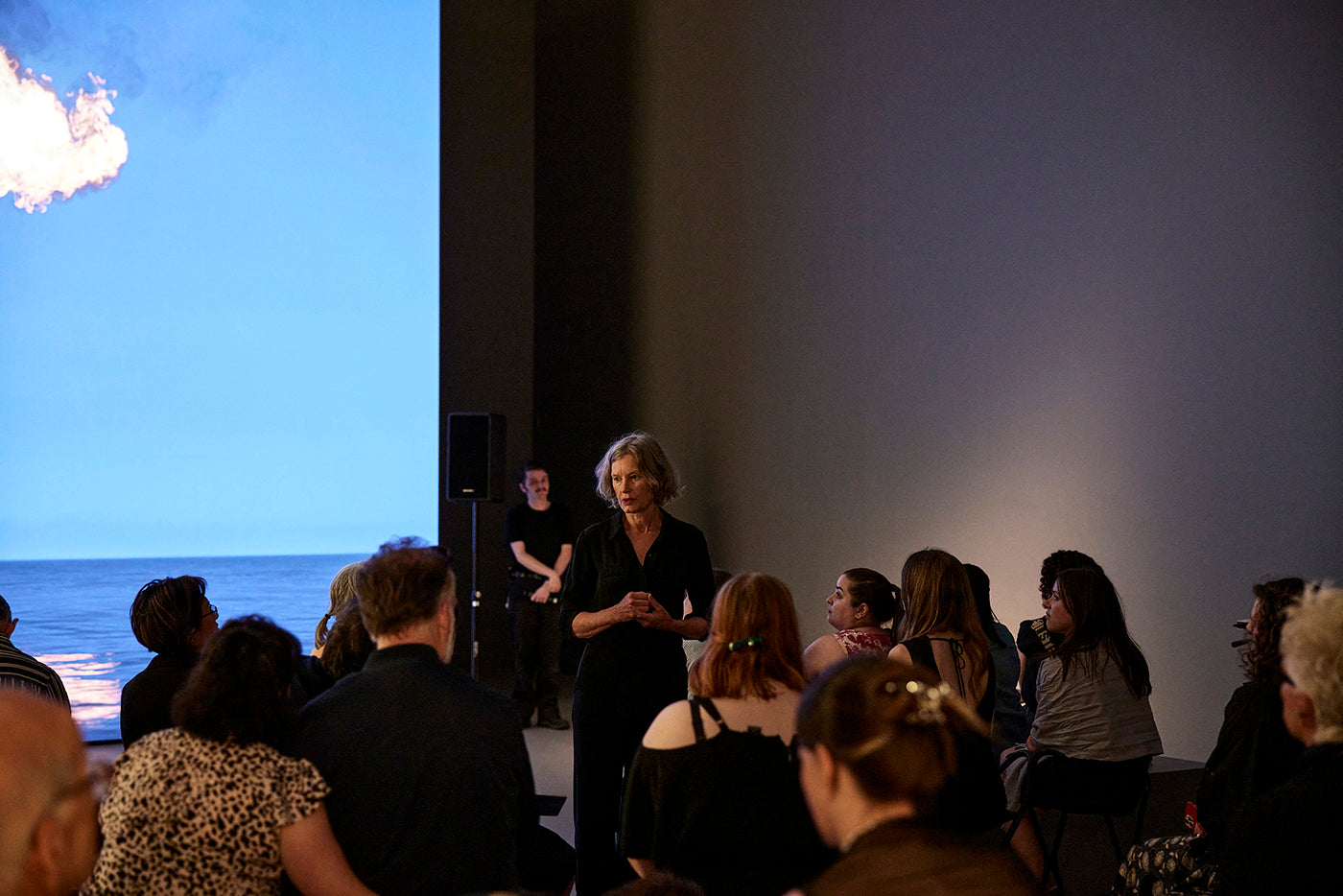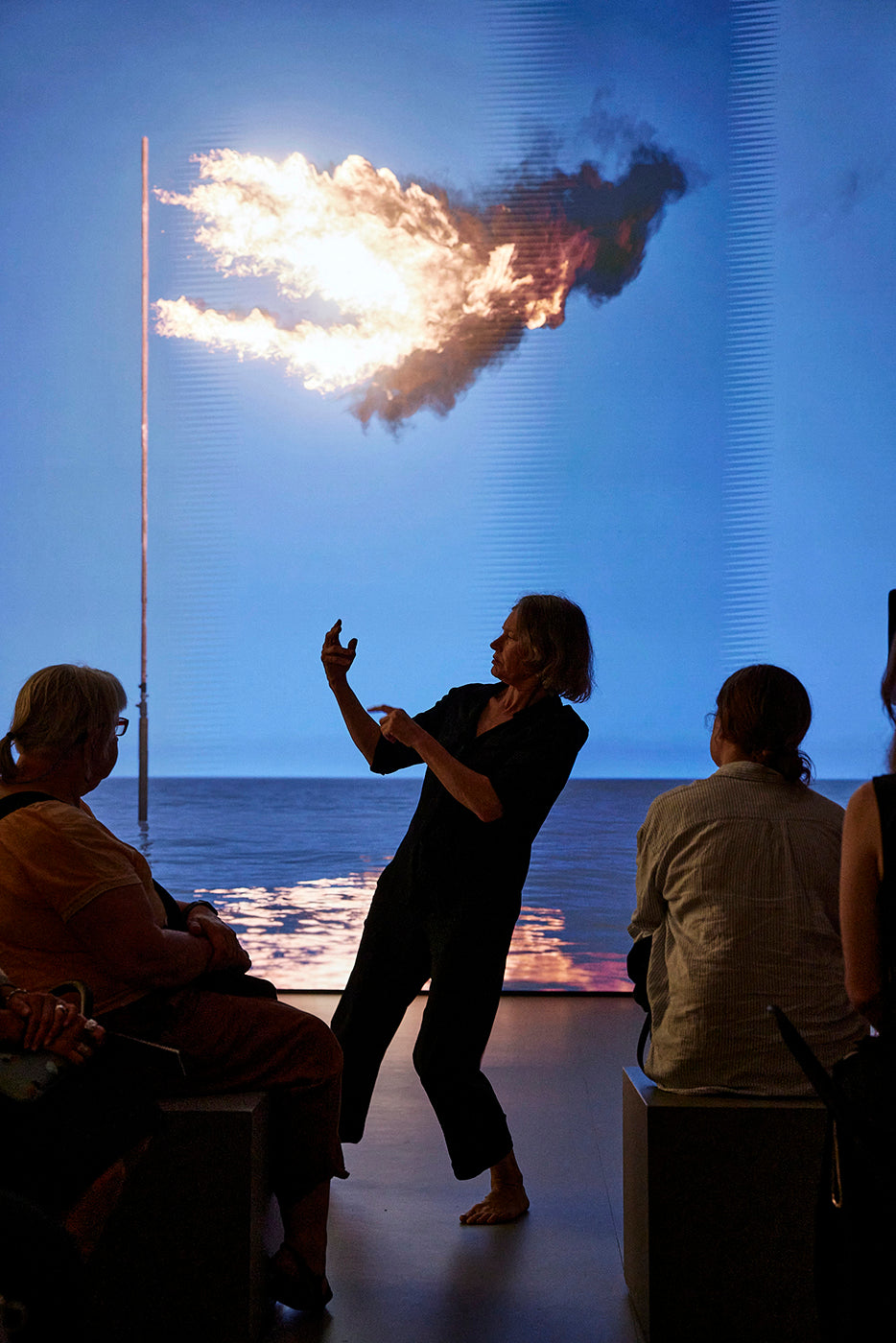Talent Time
It’s “Nutcracker” season at San Francisco Ballet—36 performances packed into three weeks—which means that the company is currently serving two distinct audiences.
Plus
World-class review of ballet and dance.
Past the Gallery Kitchen, which for tonight has become an open mic Poets Café, I swim through the swirling 100-metre-long, multi-panelled Mun-Dirra (Maningrida Fish Fence), woven by 13 Burarra women weavers, which hovers above the floor and makes the gallery a waterway. I arrive to find Rosalind Crisp in the moment before the first of her two ten-minute performances, behind artist Hugh Hayden’s salvaged wood classroom ecosystem. Map still in my hand, for the locating of events communicating not just with the voice, but with the body, through dance, I am at the National Gallery of Victoria (NGV), after hours, for the Night of Ideas (La Nuit des Idées), an initiative of the French Embassy in partnership with the NGV and the Institut Français, taking place in various locations on the ground level of the NGV’s Triennial. Crisp’s legs and feet are instantly recognisable behind the blackboard of Hayden’s The End. Hidden in plain sight from both the extinct dodos in the installation and the wandering audience, a water bottle and a Guest Artist gallery lanyard by her feet, the gallery as a dance venue presents a distinct challenge. She pads the space, and I think about how hard it must be when the backstage is improvised.
Performance
Place
Words



It’s “Nutcracker” season at San Francisco Ballet—36 performances packed into three weeks—which means that the company is currently serving two distinct audiences.
PlusLast week I caught up with choreographer Pam Tanowitz and Opera Philadelphia’s current general director and president, countertenor Anthony Roth Costanzo to talk about “The Seasons,” the company’s latest production premiering at the Kimmel Center’s 600-plus seat Perelman Theater on December 19.
PlusIf Notre-Dame remains one of the enduring symbols of Paris, standing at the city’s heart in all its beauty, much of the credit belongs to Victor Hugo.
PlusWhen dancer and choreographer Marla Phelan was a kid, she wanted to be an astronaut. “I always loved science and astronomy,” Phelan said.
Plus
comments